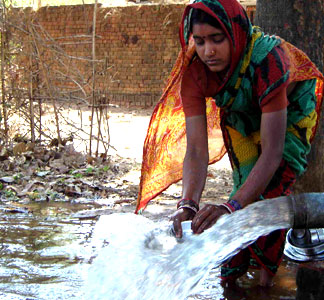
| Home | Personnel | Research | Data | Publications | Teachings |
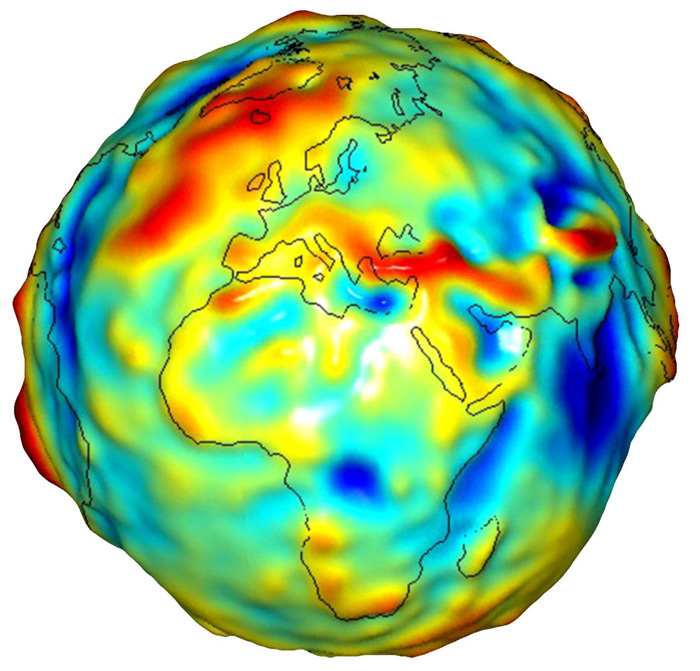
 Coverage of the Central Valley at AGU Meeting
Coverage of the Central Valley at AGU Meeting
The GRACE gravity-hunting satellites have nailed another significant observation: Groundwater levels in California’s agriculturally rich Central Valley have dropped dramatically since 2003.... (The Nature's reporters' blog)
Research |
|
Check out our Press
Check out our most recent videos:
My group's research is broadly focused on the hydrologic cycle and its interactions within Earth's climate system. In particular, we are interested in how the movement of water over and through the land surface links terrestrial processes with those in the atmosphere and oceans, including important feedbacks. Further, we are trying to characterize interannual and long-term changes in terrestrial hydrology in response to natural climate variability, global change and human activities. We continue to pursue several efforts in support of this research, including hydrologic and Earth system modeling, hydrologic remote sensing, field studies of large-scale soil moisture variability, and combining these areas using data assimilation for improved predictive understanding. Our modeling work strives to incorporate realistic representations of terrestrial hydrology in the land component of global climate and coupled climate system models. Past work has addressed the parameterization of subgrid hydrological processes, and more recently, global river transport and the development of high-quality atmospheric forcing datasets to drive model simulations. Our hydrologic component models have been directly incorporated into the National Center for Atmospheric Research (NCAR) Parallel Climate Model (PCM), the NCAR Community Climate System Model (CCSM) and the Community Land Model (CLM); and have contributed to the development of advanced land hydrology parameterizations at NASA's Goddard Space Flight Center and Goddard Institute for Space Studies. This work has enabled our group to address several important science questions in land-ocean-atmosphere interactions, including understanding how the global river system contributes to controlling the atmospheric circulation, and how continental freshwater outflows influence deepwater formation and the oceanic thermohaline circulation. Future plans include collaborative work with other ESS faculty on studies of how terrestrial hydrology influences atmospheric aerosol and riverine biogeochemical transport and associated implications for Earth system processes; continued development of more realistic hydrology components in climate system models that can ultimately address the impact of human modifications of the water cycle (e.g. reservoir storage, wetland drainage, groundwater mining, irrigation) on regional and global hydrology and climate; and understanding how soil water storage on land records the history of past atmospheric events. Our remote sensing research targets monitoring of terrestrial soil waters. Soil moisture stored near the land surface can be observed remotely using microwave radiometers such as the NASA Advanced Microwave Scanning Radiometer (AMSR-E), which is on board the Earth Observing System (EOS) Aqua platform. Recent and current efforts include field studies of soil moisture variability within remote sensing footprints and regional-scale hydrological modeling studies of the processes controlling the ground- and aircraft-observed variations. These efforts should lead to improved characterization of satellite soil moisture estimation errors, quantification of uncertainties in in situ monitoring, and to enhanced parameterization of soil water dynamics in land surface models. Another active area of our group's hydrologic remote sensing research is exploring how satellite observations of Earth's time-variable gravity field, as measured by the Gravity Recovery and Climate Experiment (GRACE) satellites, can be used to monitor changes in total water storage on the continents. We are currently exploring how GRACE can be used to estimate water storage changes in large river basins and groundwater aquifer systems, as well their utility in estimating basin-scale evapotranspiration. Another important question that we are addressing is how changes in water storage on land contribute to rates of sea level rise. Beyond the work described here, we are always in discussion with other faculty in the Earth System Science department, as well as with other groups on and off campus, regarding new avenues of cross-disciplinary research. We are particularly interested in field, modeling and remote sensing studies to explore links between hydrological, biogeochemical and ecological processes; and we are also interested in exploring the potential of satellite altimetry, along with gravity and microwave-based remote sensing, to contribute to a framework for monitoring mass movements in the global water cycle from space. |
Department of Earth System Science
Hydrology & Climate Research Group
240 Rowland Hall, Irvine, CA 92697-3100
telephone: (949) 824-9394
fax: (949) 824-3874
 lost a sense of respect for the wild river, for the complex workings of a wetland, for the intricate web of life that water supports."
lost a sense of respect for the wild river, for the complex workings of a wetland, for the intricate web of life that water supports."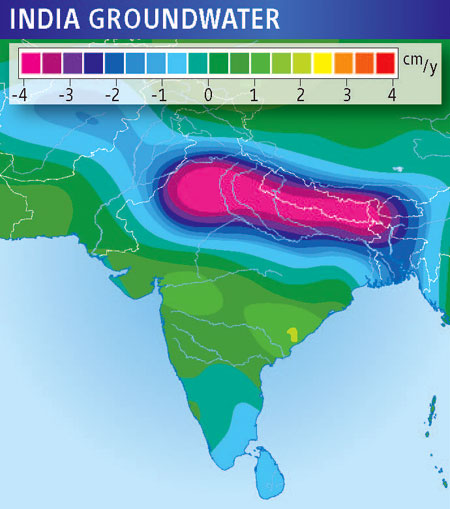
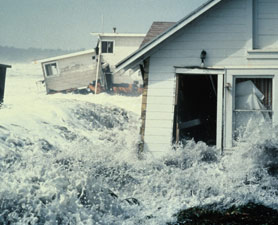 Discovery News
Discovery News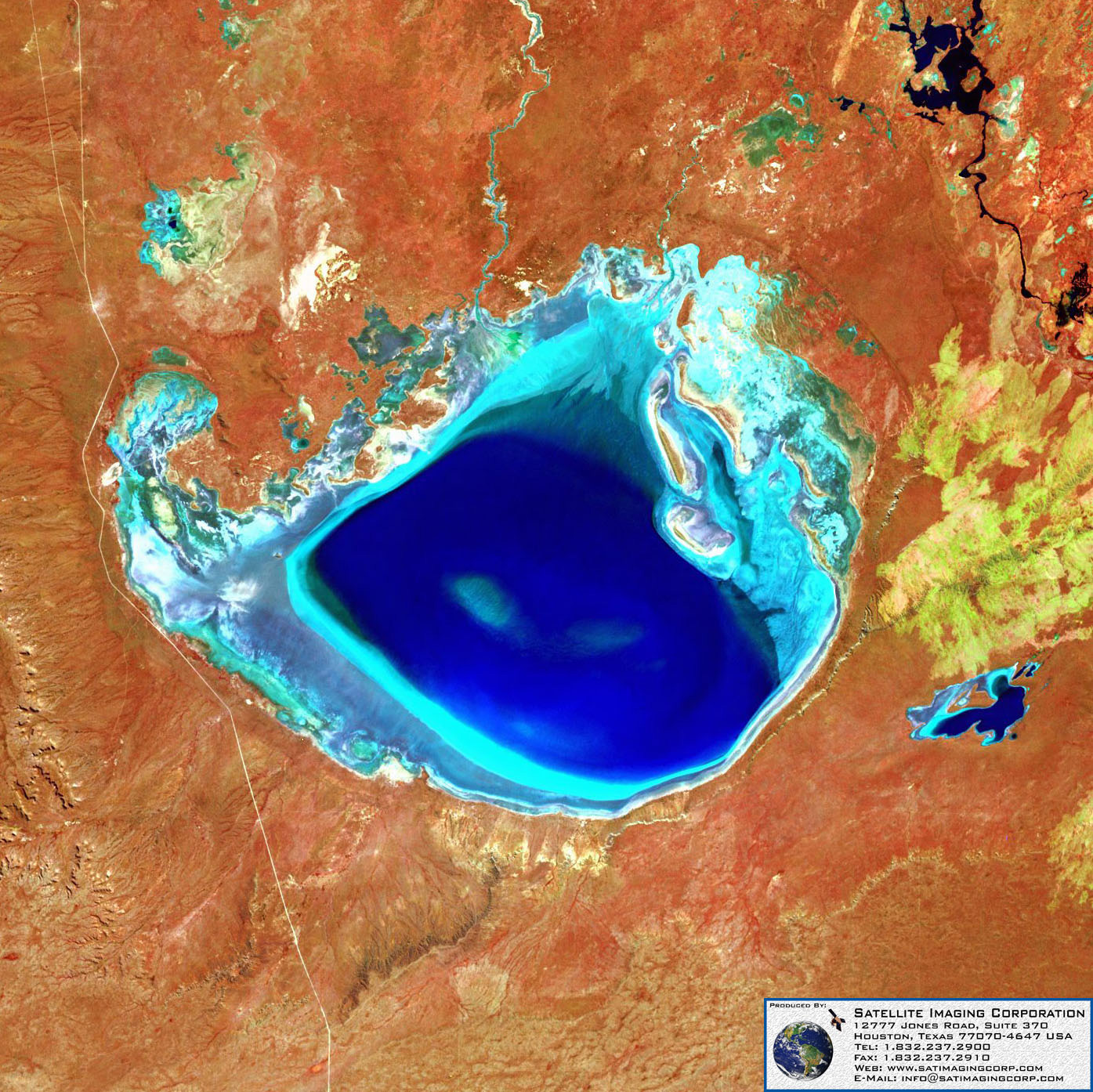 American Museum of Natural History
American Museum of Natural History